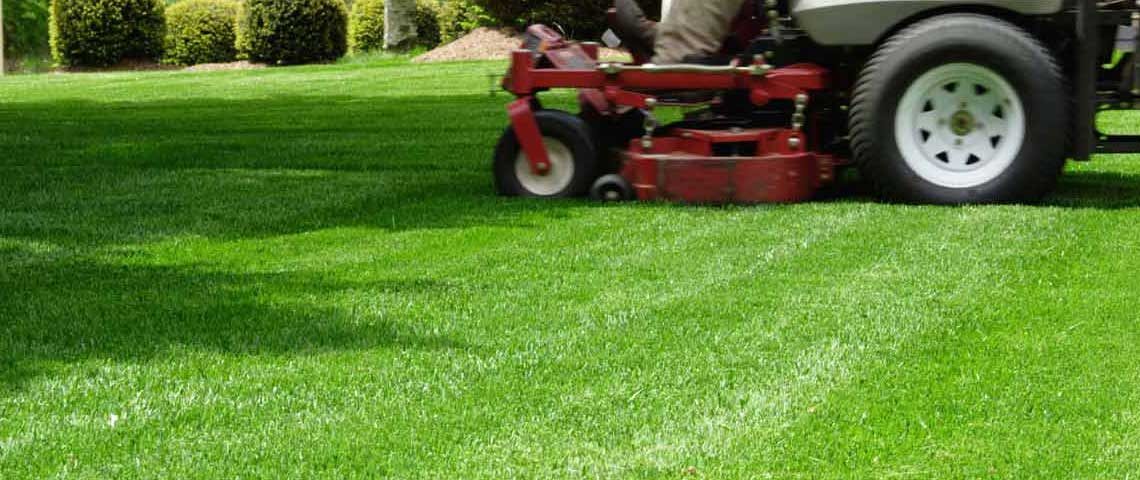Protecting your yard from erosion requires diligence in establishing a lush and healthy lawn and also a careful selection of the right grasses for your soil.
In selecting the right grasses for your soil, you need to visit reputable garden and lawn companies that can provide you not only with the right kind of grasses but also with the right tips and advice. In our experience, such companies’ expert advice can go a long way in your lawn management. For instance, for a totally different gardening concern, my favorite garden and lawn company advised me to get the best-growing systems. I searched online and found the list on Weekend Gardener.
Proper maintenance and proper management of your lawn leads can protect soil from erosion. Aside from constant mowing, what really contributes best to the success of a lawn is the type of grass planted on it you check the best grass seeds here. Whether you are just starting a new lawn or are now maintaining an older one, matching the right grasses to match your soil type is critical.
Choosing the right glasses that are best suited to your soil will help you achieve your desired results for your lawn. To help you in your selection, here are a few examples of grasses and how they can help you establish a loan.
Blue Grama Turf (Bouteloua gracilis)
Blue Grama Turf is a bunchgrass commonly used as an ornamental plant. In cases where soil erosion is the problem, experts agree that grasses with wide-spreading root systems are still the best. However, although blue grama has short roots, the leaves and branches of this grass spread out wide. Once it matures, the leaves form a tightly knit turf useful in preventing erosion of the topsoil. Blue grama turf is best suited for places with long and more direct exposure to the sun. Aside from being a helpful instrument against soil erosion, this type of grass is known for its reddish-purple blossoms that bloom from June to August. However, it requires more attention since this grass can grow up to about 2 feet tall. Although a gardener can easily mow this grass to only 2 inches tall once the turf was established.
Buffalograsses (Buchloe dactyloides)
Buffalograsses are most commonly used in sunnier states in the US. This type of grass is native in the tough prairies of North America and will thrive even under extreme drought common in the West Coast. It is usually chosen for erosion control because of its hardiness at extremely high temperatures. Its short height makes it quite easy to manage. If planted in colder areas with snowless winter, some homeowners dislike that it goes through a dormancy. Another issue that some homeowners have with it is its don’t like its grey-green color. The University of California has bred a variety known as UC Verde buffalograss which has a much more vibrant green color that stays late into fall.
Prairie Bunchgrasses
Unlike the first two grass species, Prairie Bunchgrass is in fact a term used that covers different and unrelated species of grasses that are mixed together for erosion control. Prairie bunchgrasses are often created to solve multiple lawn problems. Most of the time, the mixes of grasses include one type of native drought-resistant grass and deep-rooted perennials grass that are excellent groundcovers. Commonly, homeowners plant different types of bunchgrasses all together without specific patterns when trying to manage sloping or terraced soil. This allows for the grasses to mingle and provide retain topsoil. The deep root system of certain species can also provide support to other grasses during heavy rains or flooding. Other plants with more shallow roots can also grow in these areas. A great example of the use of prairie bunchgrasses was in the introduction of blue wild rye ( Elymus glaucus ), California oat grass ( Danthonia californica ), and purple needlegrass ( Stipa pulchra or Nassella pulchra ) to protect hillside alongside the Golden Gate National Recreation Area in California.
Vetiver Grasses (Chrysopogon zizanioides)
The use of Vetivier grasses for erosion control of soil has met success in several countries around the world. The California State Department of Transportation, also known as Caltrans, has now begun its study to use vetiver grass in preventing erosion along roadways. This grass is still not yet commonly used among homeowners and lawn and gardening companies in the US. However, in countries such as India, this plant has shown immense promise in providing support against erosion. Given that this plant is non-native, a common worry for many is that this plant may turn invasive if planted in the country. However, the U.S. National Conservation Service has actually recommended the use of its Sunshine variety for use in lawns along the Pacific, In fact, this plant is now widespread in Hawaii and has actually been successful in combating erosion in this state.




